
Clear Decks, Fresh Mulch, Can’t Lose: Our Garden Spring Cleaning Guide
Our brisk to-do list for getting your garden shipshape this spring.
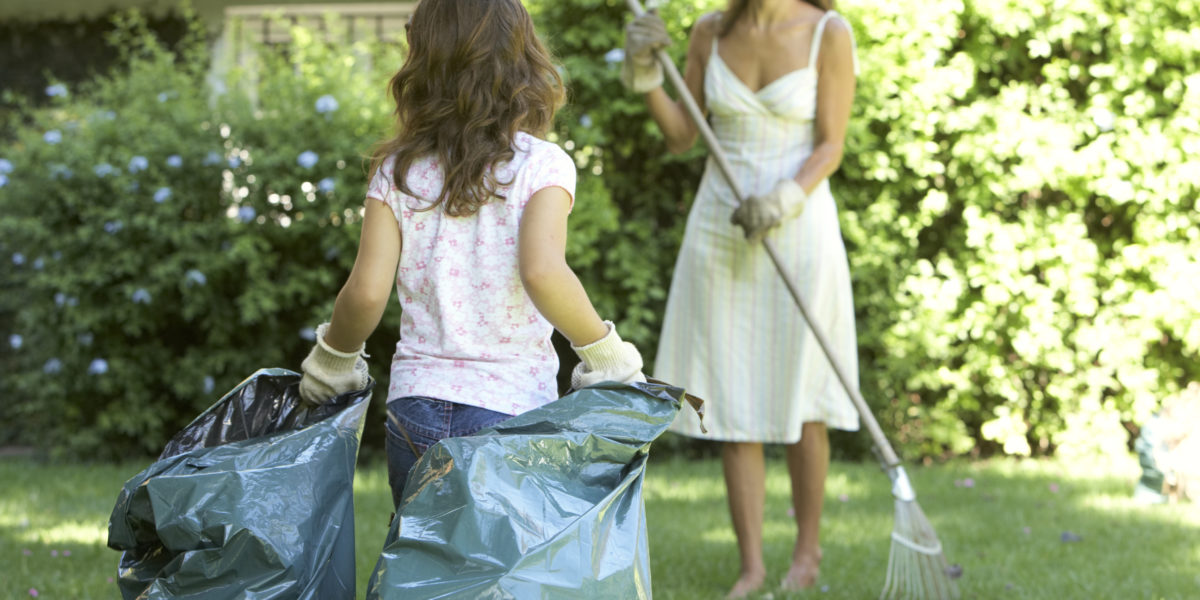
Maria Teijeiro
Ah, spring—a time of rebirth and renewal, a time of possibility, a time of…chores. Now that our gardens are awakening from their winter rest, we, too, must dust off ourselves and prepare for the growing season with a good garden spring cleaning. Here are the items on our to-do list.
Plan
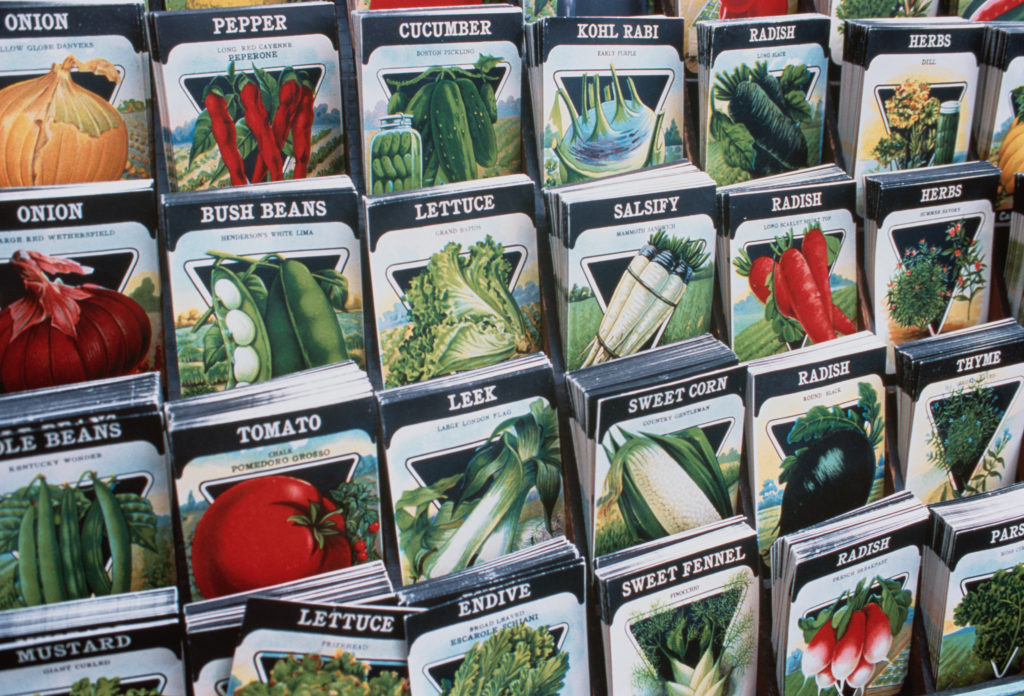
Jake Wyman / Getty Images
Go through all your old seeds and check their dates. Some vegetable seeds stay viable longer than others. If you want to take your chances with older seeds, plant four or five at a time instead of one or two. With flowers, throw caution—and the seeds—to the wind and see what happens!
And now the fun part: Plan out what you’ll plant when the soil warms up. Pore over seed catalogs. Yes, it is fun to go shop the garden center later in the season when they have a good selection of starts, but with a little planning now, you can make the best use of your space and save some money. And if you really geek out on stuff like pink radicchio, heirloom squash, and Asian greens (like I do), some of them will only be available as seed—check out our favorite seed sources.
Feed
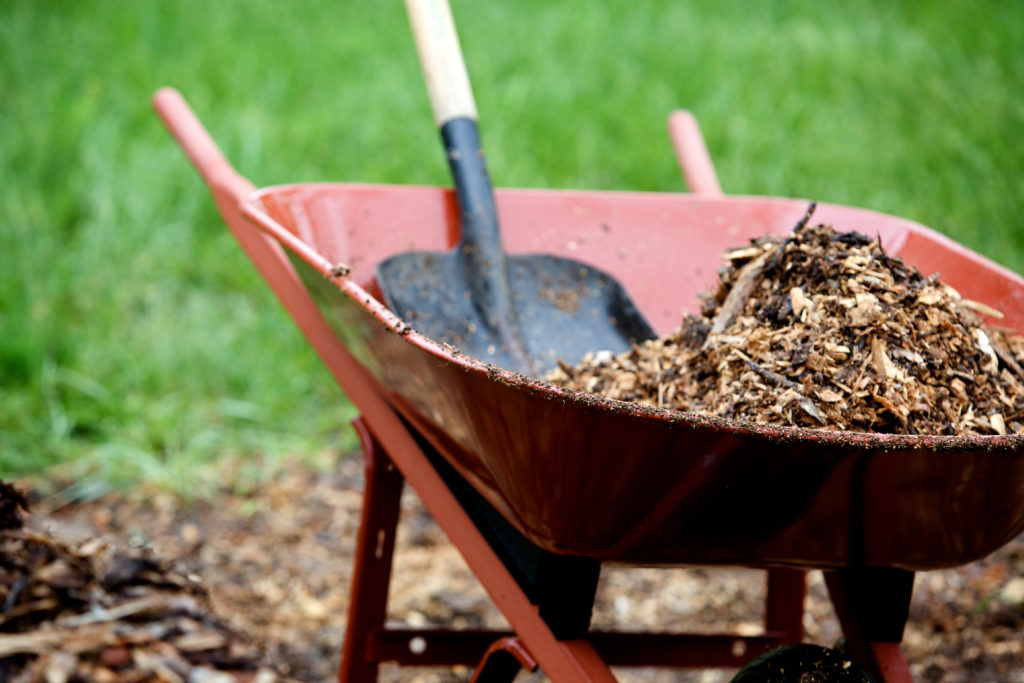
eyecrave / Getty Images
For my spring cleaning in the garden, I add a fresh layer of 3-way (equal parts manure, compost, and sand) to my beds to bury the leaves that I never bothered raking up in the fall—a couple of inches will do the trick to accomplish this lazy person’s sheet mulching. Not only does it require little effort and keep organic matter in the soil, but also covering it in fresh mulch makes everything look tidy. If you’re starting a fresh bed from lawn or a weed patch, throw on a layer of cardboard or newspaper before adding the mulch.
Once the soil dries out enough to till without forming giant clods, rake in some blood meal and bone meal (or whatever organic soil amendments you use).
Houseplants can also use some fresh soil this time of year; for plants that are rootbound, evidenced by slowed growth or drying out quickly between waterings, repot with fresh soil in a pot one inch bigger in diameter. Some plants, like snake plant, spider plant, African violets, and Christmas cactus actually prefer tight shoes, so to speak, but most other plants like room for their roots.
Prune
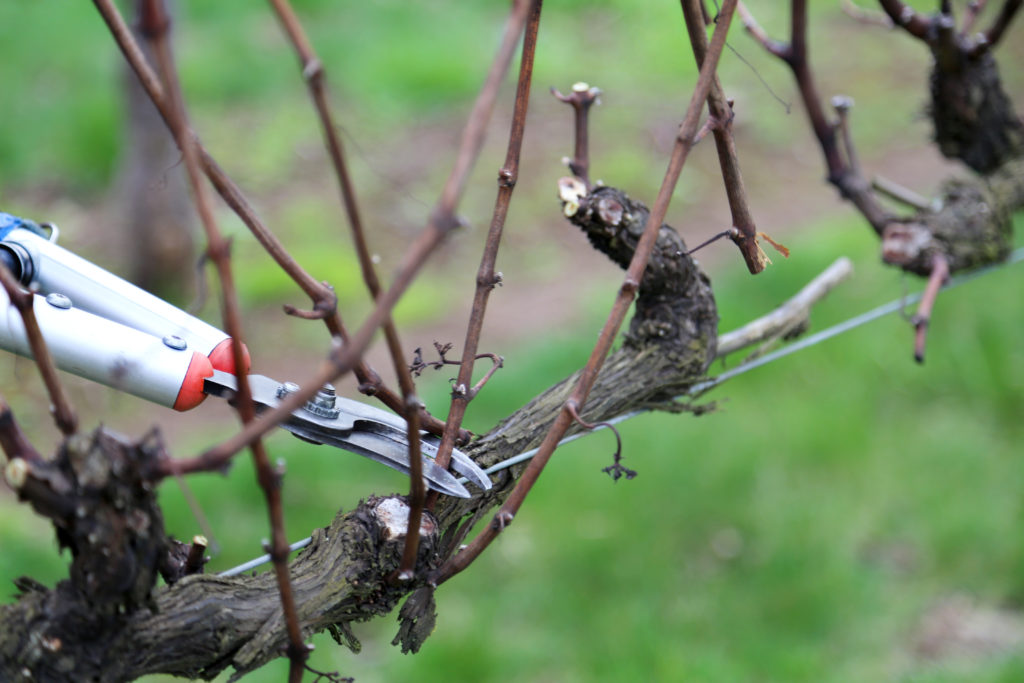
Virginia Star / Getty Images
Early spring is time for pruning trees and shrubs—check our guides for pruning everything from fruit trees to woody vines. Give ornamental grasses a trim, too, to clear out the dead growth that’s been sitting around all winter.
Maintain
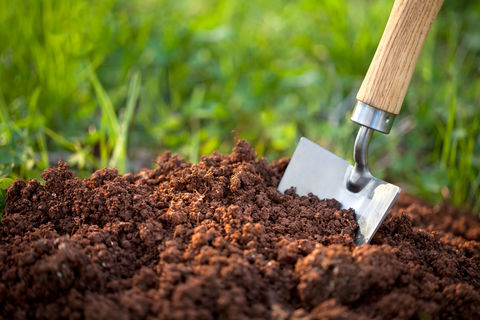
Clean and sharpen your garden tools the easy way: fill a bucket with sand and soak the sand with oil (use cooking oil to avoid contaminating the soil). Then plunge the blades of your shovels and hoes into the sand, et voila! Rust-free, sleek tools. Oil the handles, too, while you’re at it.
After you’ve finished laying down a new layer of compost, put your irrigation tubing back in place (if it’s an above-ground drip system) and inspect your hoses for leaks.
Clean
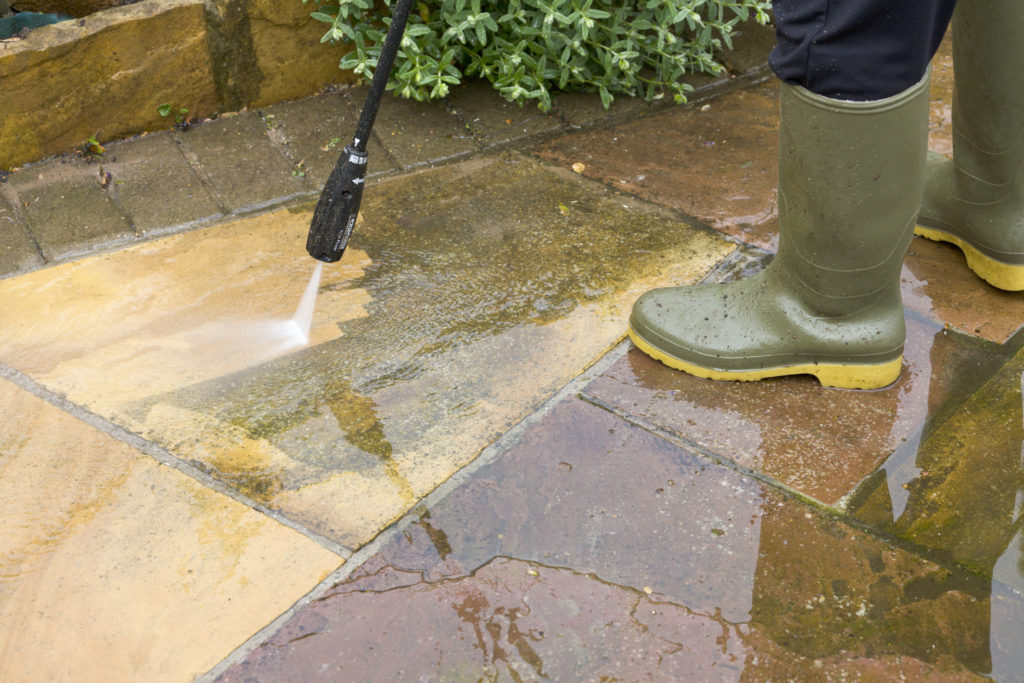
PA Thompson / Getty Images
Here’s where the cleaning part of garden spring cleaning really comes into play. Pressure-wash decks, patios, and hardscaping to clear off the slippery algae and moss that grew over winter. Now’s a good time to refresh the wood chips or hazelnuts shells on walkways and around raised beds, to keep a tidy look.
The tool shed, greenhouse/cold frames, and patio furniture can be de-spidered with a broom on the inside and exteriors hosed off; for heavy dirt, use a long-handled scrub broom and mild detergent. Avoid cleaners that will affect your soil’s pH like Windex, which has a high pH, or apple cider vinegar, which has a low pH; instead, use a diluted eco-friendly all-purpose cleaner like Dr. Bronner’s castile soap or Simple Green—once you cut them with water, they’re very close to neutral pH.
If you keep chickens, give the coop a good scrub (preferably on a sunny day, when it can dry out quickly) using a hen-friendly antibacterial product like Colorado-made Absolutely Clean Chicken Coop Cleaner. Dust nest boxes with diatomaceous earth to keep flies and mites under control, then give them a nice fluffy layer of wood shavings or straw. Scrub out birdbaths and feeders, too, to avoid spreading illness among the wild bird population.
Once bees are active (after temps get above the mid-50s), it’s time to clean hives. Our friends at the Honey Company in Utah have some helpful videos on how to clean up beehives in the spring. If you’re keeping mason bees rather than honey bees, Oregon State University’s Extension Service has some guidance in their handy fact sheet.
Want more tips for getting your garden ready for spring? We’ve got you covered.
